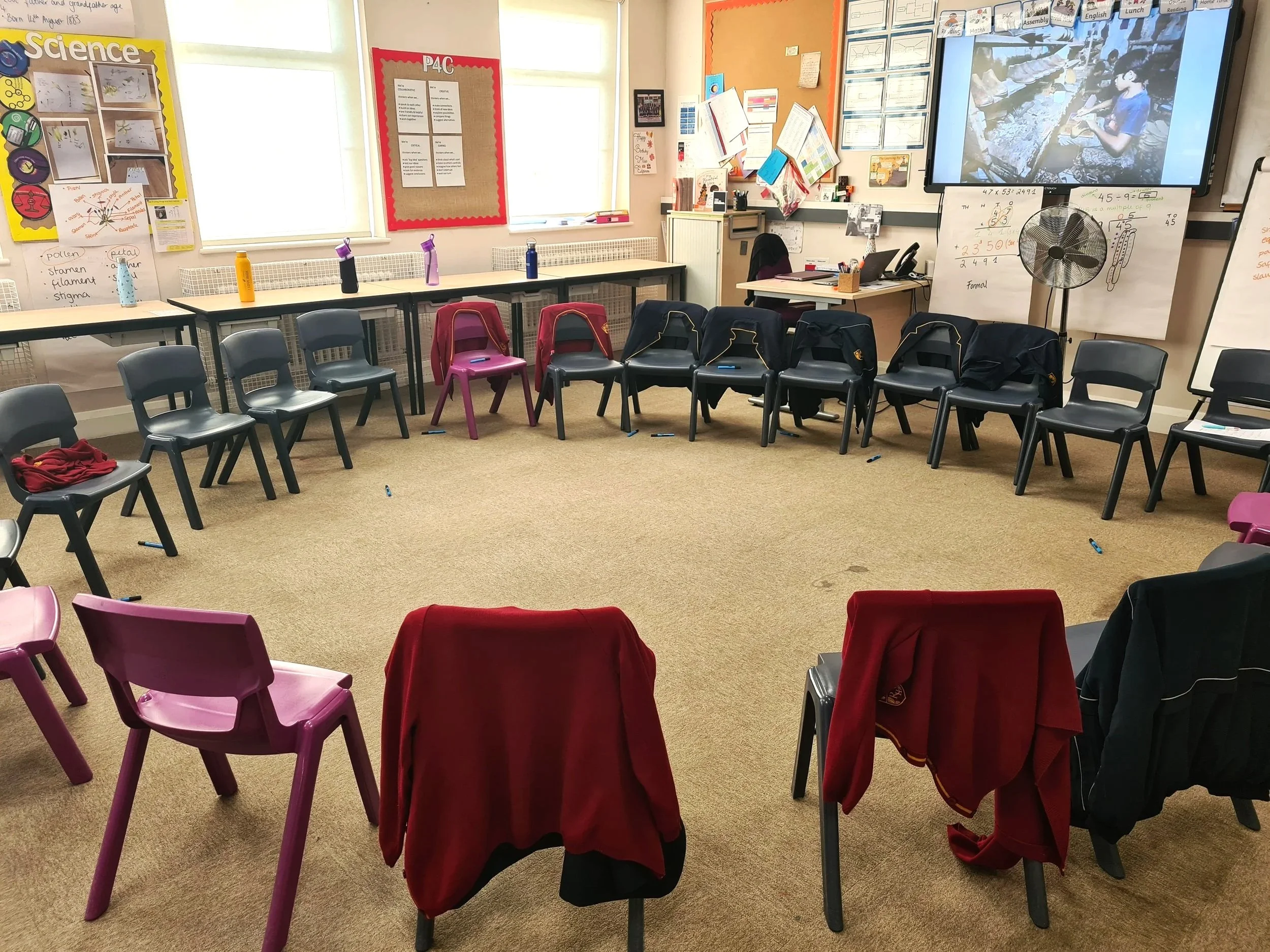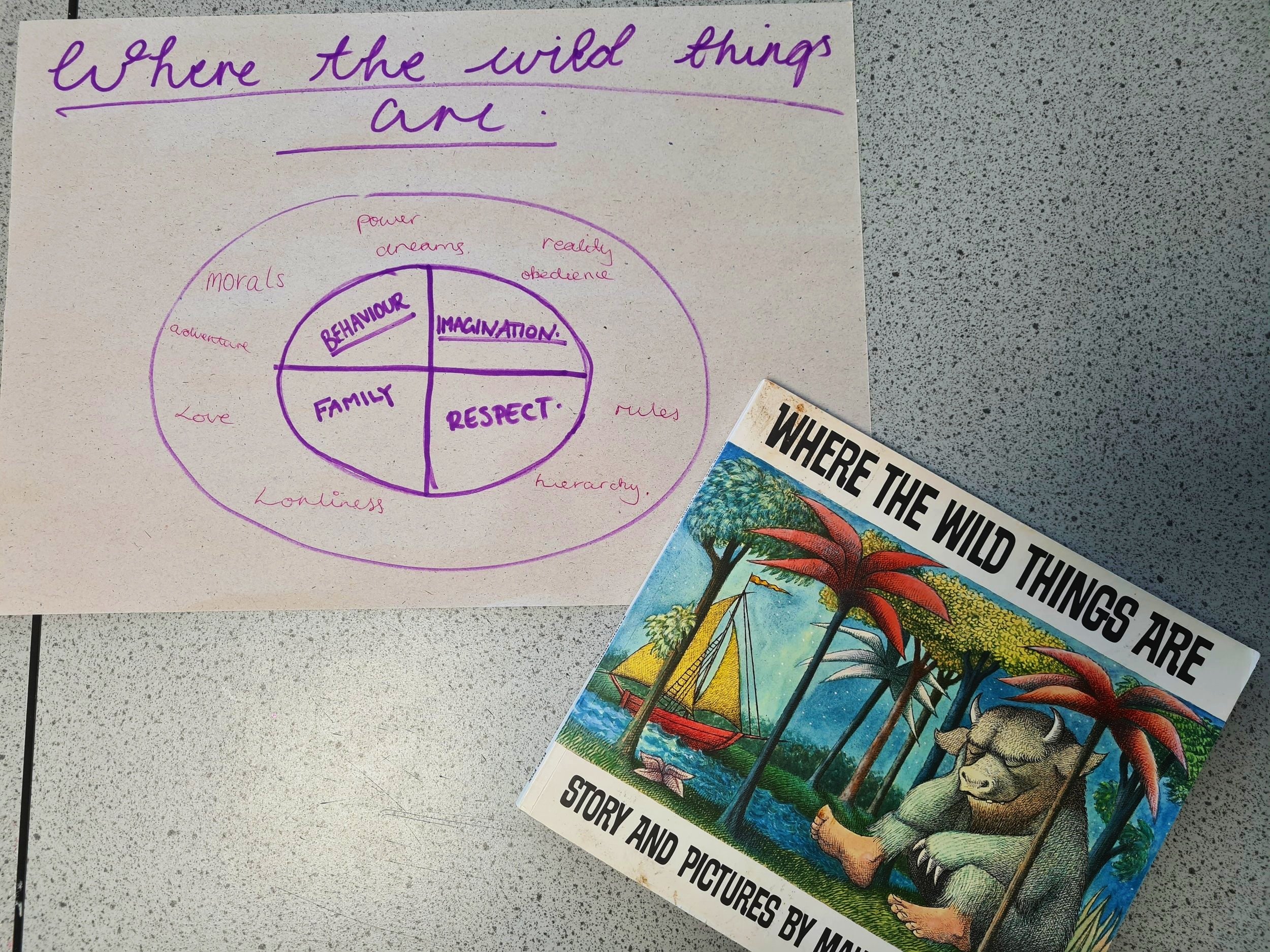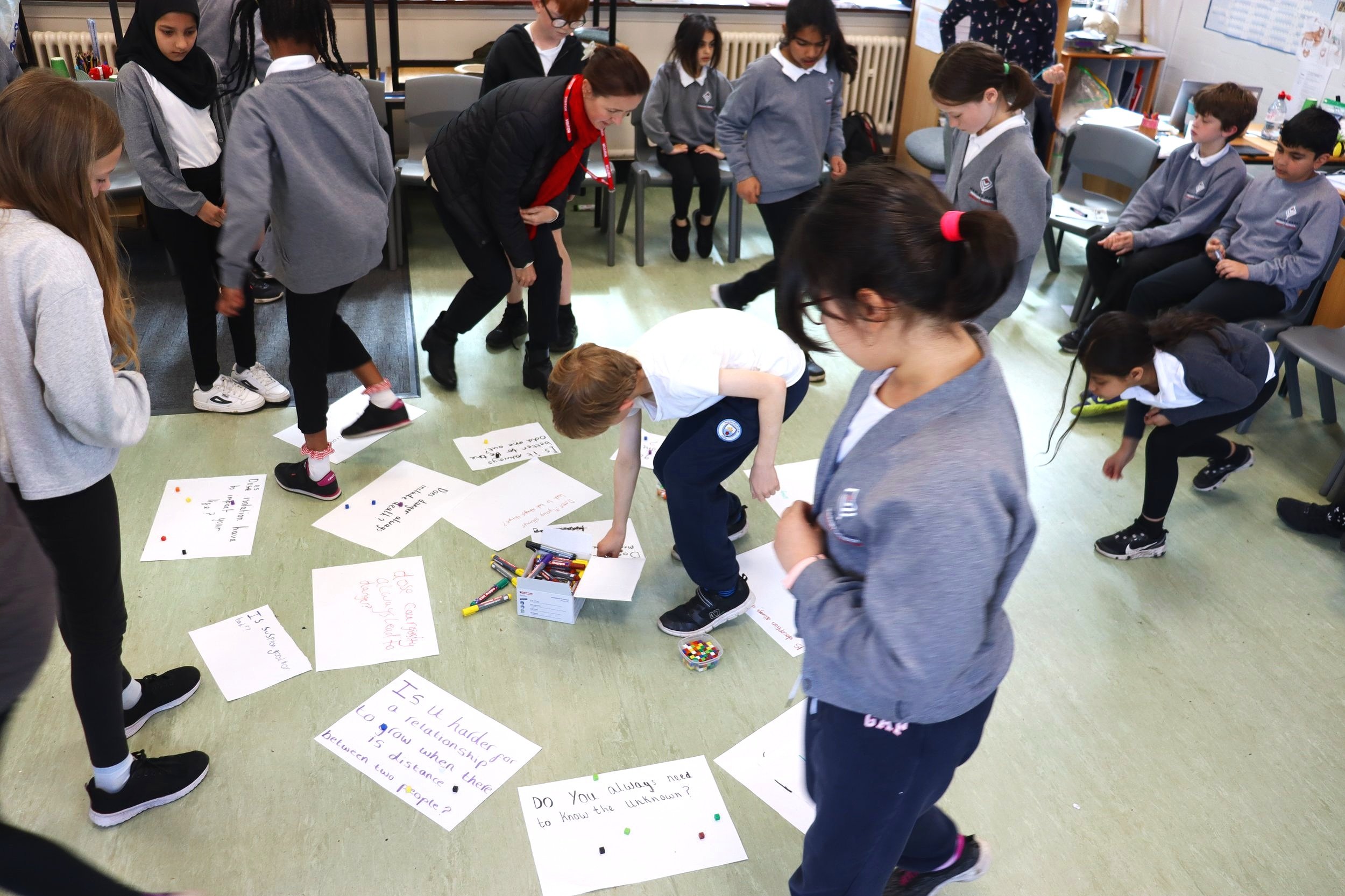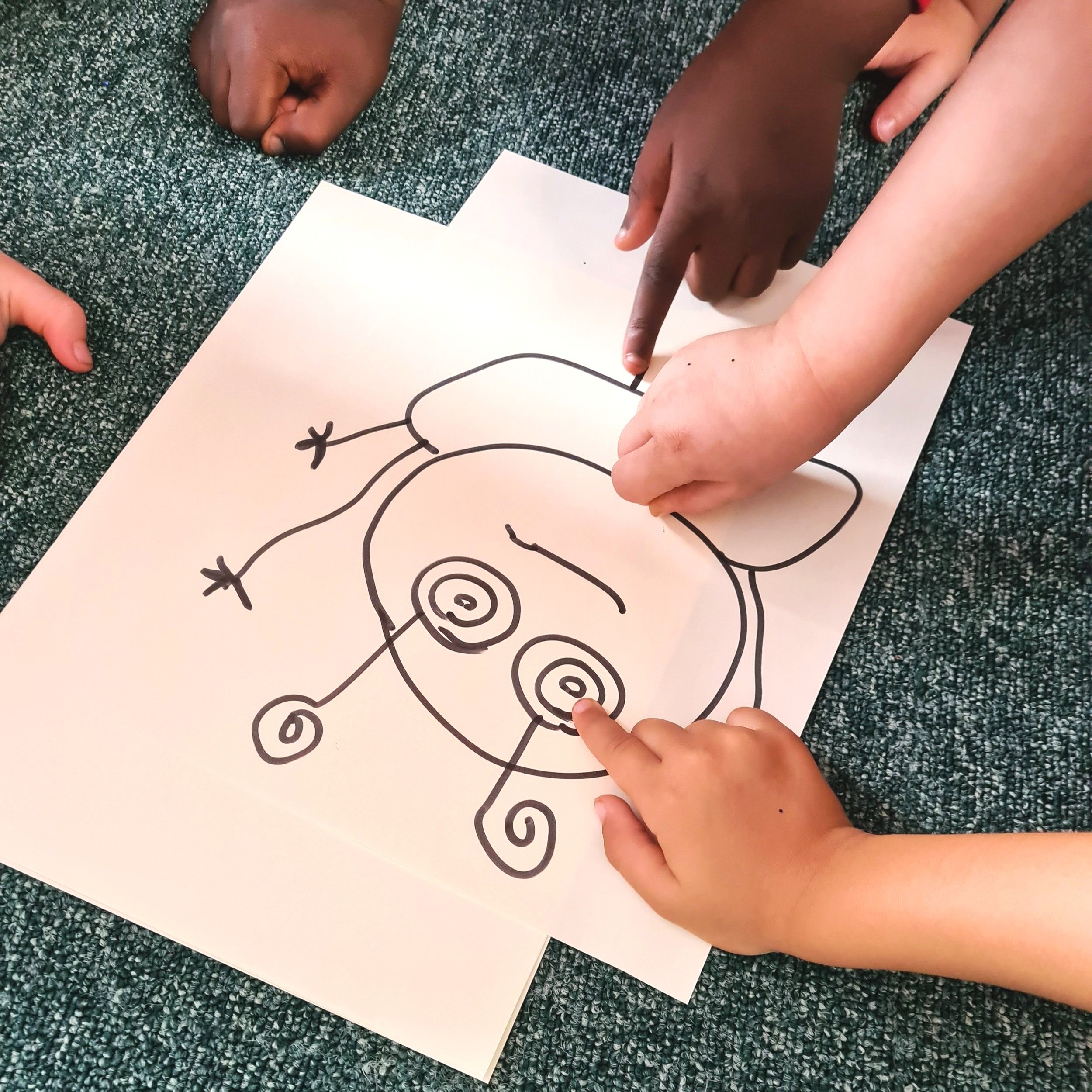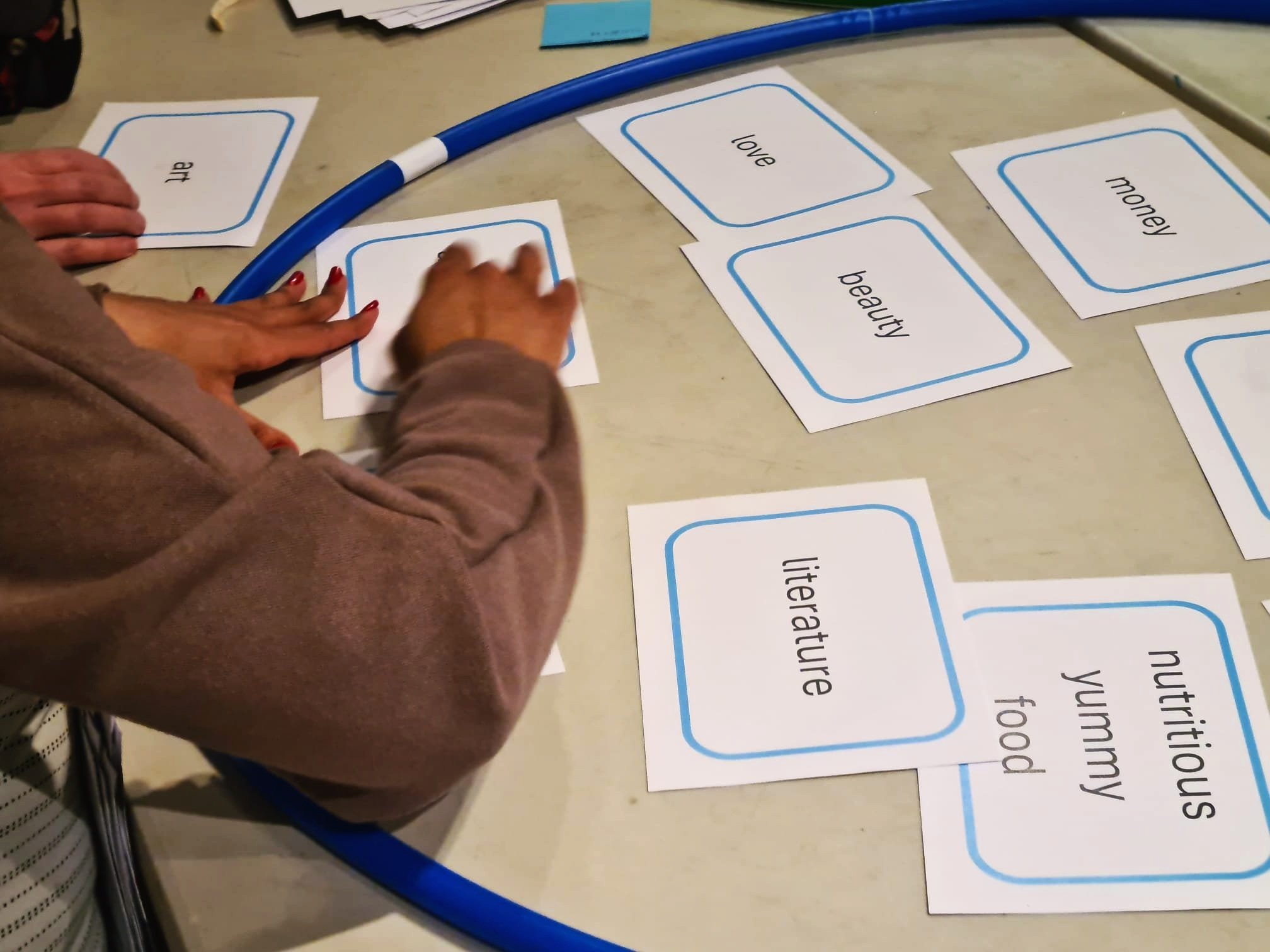
I will never forget the day I first truly saw the potential of Philosophy for Children. It was about 15 years ago and I’d agreed to do a session with a Year 8 class in a school which was known to be pretty challenging.
The session began well (students were astonished that their room was rearranged into a circle of chairs), and the stimulus clearly got them thinking.
After the lesson, the teacher told me he was amazed; students who rarely spoke or showed any sign of being engaged were for the first time talking confidently to their peers. Students were communicating with each other, presenting reasoned arguments and supporting or challenging others’ points. We saw a completely different side to the class.
I think the key reason for the students’ increased engagement was that they developed their discussion question themselves (step six of the P4C ten-step model). Therefore,
all felt included in the lesson
they were interested in it and wanted to get their point across.
Consider timetabling P4C to raise student engagement in learning – in addition to its many other benefits.
Are these examples of adventure, bravery, or both?
Lawrence the Lion and Maple the Meerkat tackle some philosophical dilemmas…
An example of using children’s wonderings to guide a philosophical discussion
Get your class thinking about fairness, teamwork, competition and more
Ways to keep everyone engaged and develop the community of enquiry




